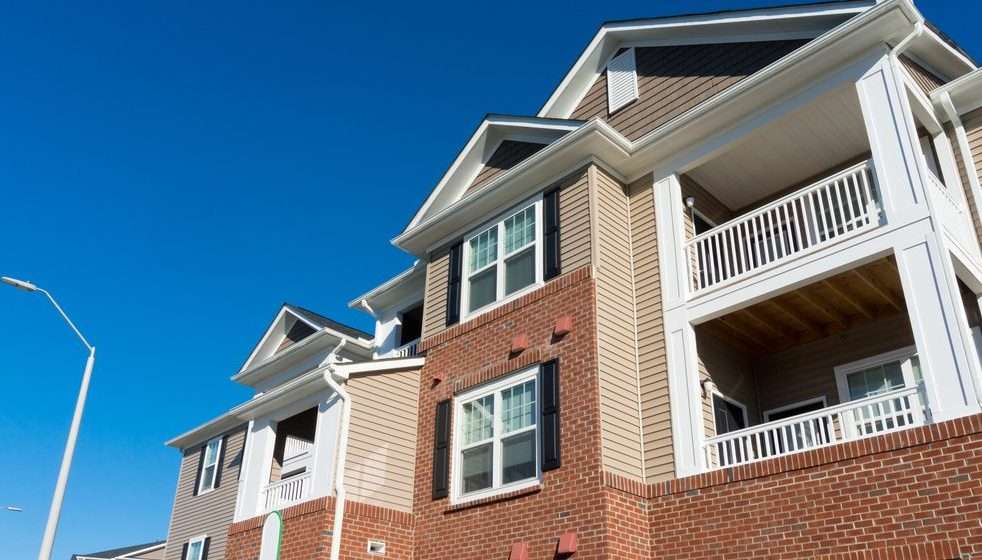Cook County assessor Fritz Kaegi (Kaegi, Chicago)
Fritz Kaegi knew he was walking into the line of fire when he set out three years ago to revamp Cook County’s property tax assessments. Still, he says, he is pushing to reform the system, which he described as flawed, unfair, and in some cases corrupt for many generations.
He’s already made sweeping changes that have agitated commercial property owners in two of the county’s three triads. Now he’s facing his biggest challenge yet, with downtown Chicago landlords who question his motives and his methods as he shifts more of the tax burden to commercial property owners.
“When you go into a job like this and try fixing a system so broken and so notorious for clout and stuff behind the scenes, conflict is baked in the cake,” he told The Real Deal in an interview.
His efforts to rebalance a system he says has been abused are complicated by the pandemic, which property owners argue should result in their assessments being reduced rather than increased or left the same.
“If it’s a bad year but people are still buying at 50 percent to 60 percent occupancy, that’s a signal the market is looking at something else,” Kaegi said. “We want to have several data points to use.”
Commercial property owners have been critical of the changes to assessments and of Kaegi himself.
Kaegi “is continuing to put his thumb on the scale and assessing offices, retail stores, and hotels – the type that are bearing the brunt of the pandemic’s economic impacts — as being worth almost twice as much as they were before the pandemic,” said Farzin Parang, executive director of the Building Owners and Managers Association of Chicago.
Kaegi’s predecessor Joseph Berrios is under investigation by a federal grand jury probing property value estimations his office made on a number of central business districts and high-end neighborhoods. Included is a Gold Coast mansion Gov. J.B. Pritzker owned that he said was “uninhabitable” after he had all the toilets removed. That resulted in a $331,000 tax break for the billionaire. Pritzker has said, “all the rules were followed.”
Berrios already has paid $100,000 in ethics fines tied to accepting campaign contributions that exceeded limits from lawyers who worked on appeals cases with his office. The amount was only 60 percent of the original $168,000 fine from the Board of Ethics after a settlement.
Now, even as office and retail vacancies are at record levels, commercial properties owners are worried assessments — and their tax bills — will soar as properties whose rates were lowballed under Berrios adjust to market values, even with pandemic concessions factored in. Only apartment building occupancy and rent levels have bounced back after a short-lived exodus during last year’s lockdowns.
“Assessments are out of date and there are huge inequities,” Kaegi said. “I don’t know the alternative that is being proposed instead of market value.” He added he would be “very wary of putting a political filter on” based on some group’s recommendation. “That always comes at the expense of another.”
Under Berrios, metrics used to value properties were out of whack on some parcels without explanation and they stayed that way while other like properties escalated in value. Property values on 9,000 Chicago sites, for example, didn’t budge after the financial crisis in 2009 to 2015, through three Berrios reassessments, according to a year-long Chicago Tribune/ProPublica study released in late 2017.
When 2018 reassessment notices on Chicago properties went out before Kaegi was sworn in, many of them saw little to no changes in market value, according to the assessor’s office. A 2020 study by the International Association of Assessing Officers found estimated market values of the city’s commercial properties, on average, equaled only 52 percent of their sales value.
“Study after study has shown they were way off the market values then,” Kaegi said of Berrios’ models. “We need to take favoritism out of the valuation process. We were off track and we’re getting it back to where it should have been all along.”
Some of Kaegi’s critics at the BOMA and the Chicagoland Chamber of Commerce worry that huge jumps in property taxes will deter growth and investment in a city that is struggling to recover from the pandemic. Some also accuse Kaegi of tilting the tax burden toward businesses and away from individuals — voters — as mainly a tactic to win reelection.
“It should not come as a surprise to you that the biggest ones that were most under-assessed might try to argue that,” he said. “I don’t think they even accept the idea that assessment should be based on market value, a basic underpinning of the law.”
It’s too soon to say if property values will be doubled though it’s likely a few might.
Higher assessments don’t always lead to higher tax bills, but in this case, some of the largest office and apartment landlords will see tax bill hikes in double digits. Already, some property owners know what to expect, thanks to an early analysis by Cook County Treasurer Maria Papas.
Some of these are very high-profile skyscrapers owned by powerful companies. Blackstone Group’s Willis Tower, Sterling Bay’s Prudential Plaza, 601W Companies’ Aon Center, and Vornado Realty Trust’s Merchandise Mart will pay close to 11 percent more in property taxes, according to Pappas’ office.
“It’s not about burden-shifting, it’s about clarifying where the market is at,” Kaegi said. “Our property tax system is going to be fair when we’re using market values. If not, businesses are poorly served and then it becomes a big game of clout.”








